Description Specification Downloads General Description Water with a pH below 7 is acidic and has a corrosive nature. Acidic water corrodes the copper pipe-work and heating systems found in domestic and industrial plumbing systems. The copper dissolves out and is deposited on fixtures and fittings leaving unsightly green stains. Raising the pH will neutralise the water stopping the corrosivity, removing the metallic taste. The simplest way to raise the pH of water is to pass the water through a vessel containing slowly dissolving calcium and magnesium salts. These salts slowly dissolve into the water 're-mineralisingƒ?? the water and naturally raising the pH. The water can be simply passed through the media through an in/out head or through an automatic backwashing filter head. The backwashing head has the advantage of remixing the media and also removing any debris which may have been oxidised out of solution as the pH increases. Part Ref Service flow (m3/hr) Backwash flow (m3/hr) Connection size Price
Description Specification Downloads Price on application. General Description Please contact us for a price. Colour in water (after it has been mechanically filtered) is typically caused by organic compounds. If the colour is due to iron or manganese there are specific treatments (see the iron and manganese section). If the colour is due to organics then treatment is normally by ion exchange or activated carbon. Organic colour comes from decaying vegetation and may be completely soluble or particulate. Tannins (Humic and Fumic acids) are by far the most common class of compounds and give the water a yellow/brown tint. In highland areas where water runs off peat the water can be heavily coloured. When the water passes through anion resin beads the organic molecules are bound to the resin. When the resin has become saturated and can hold no more colour forming compounds they need to be removed. Resin selection is critical as many require caustic soda to remove the
Description Specifications Downloads Our 6 Series Range of UV systems cover flow rates ranging from approximately 17 to 23 m¶ü/hr. The 6 series system is a professional system that is available with a wide range of different specifications to suit your application and budget. The standard systems are all electro polished and also have lamp on indicators as standard. The chambers are manufactured in our premises in Sudbury Suffolk. Manufactured from stainless steel, with many different options available, from different size and orientation of inlet and outlets, tri clamp fittings and seamless drawn pipe connections, we are sure our 6 series range of UV systems will be suitable for your application. Amongst other features, the standard systems include: ƒ?½ IP 65 control cabinet ƒ?½ Lamp on indicators ƒ?½ Hours run meter Options* ƒ?½ UV monitoring system Our UV monitors are traceable to national standards. The display has a digital readout for UV intensity, volt free contacts and is available with
Description Specifications Downloads Ultraviolet disinfection systems are used in many water purification systems to control bacteria UV units can be effective water treatment tools. The Saphir system is a compact, economical UV system that is designed with the consumer in mind. The Saphir system utilises commonplace single ended low pressure UV lamp technology, thus making the system not only economical for energy running costs, but also for replacement UV lamps. The single ended UV lamp also makes servicing the equipment very simple. In addition to the DaRo UV systems Saphir range of UV water disinfection systems, DaRo UV systems can also offer the Saphir+ system. passed, before the "Lamp Status" indicator alternates from green to red in the twelfth month. UV water disinfection: The advantages Ultraviolet water disinfection have many advantages over other methods of water disinfection ƒ?½ UV does not use any harmful chemicals ƒ?½ You cannot 'overdose' with UV disinfection as you may be able to with chemical
Description Specifications Downloads Ultraviolet disinfection systems are used in many water purification systems to control bacteria UV units can be effective water treatment tools. The Saphir system is a compact, economical UV system that is designed with the consumer in mind. The Saphir system utilises commonplace single ended low pressure UV lamp technology, thus making the system not only economical for energy running costs, but also for replacement UV lamps. The single ended UV lamp also makes servicing the equipment very simple. STANDARD SAPHIR SYSTEM ƒ?½ Water Resistant power control module (IP55) ƒ?½ Long life / High Reliability UV Lamp ƒ?½ Maximum 10 Bar Working Pressure ƒ?½ Simple to Install ƒ?½ Lamp on Indicator ƒ?½ Simple to Service ƒ?½ Electro-polished Chamber ƒ?½ Commonplace UV Lamps PERFORMANCE ƒ?½ All systems comply with international UV dose standards. ƒ?½ All units are designed to meet standards even at end of lamp life. ECONOMICAL ƒ?½ Very low running costs ƒ?½ Utilising commonplace UV Lamps.
Description Specifications Downloads Ultraviolet disinfection systems are used in many water purification systems to control bacteria UV units can be effective water treatment tools. The Saphir system is a compact, economical UV system that is designed with the consumer in mind. The Saphir system utilises commonplace single ended low pressure UV lamp technology, thus making the system not only economical for energy running costs, but also for replacement UV lamps. The single ended UV lamp also makes servicing the equipment very simple. In addition to the DaRo UV systems Saphir range of UV water disinfection systems, DaRo UV systems can also offer the Saphir+ system. passed, before the "Lamp Status" indicator alternates from green to red in the twelfth month. UV water disinfection: The advantages Ultraviolet water disinfection have many advantages over other methods of water disinfection ƒ?½ UV does not use any harmful chemicals ƒ?½ You cannot 'overdose' with UV disinfection as you may be able to with chemical
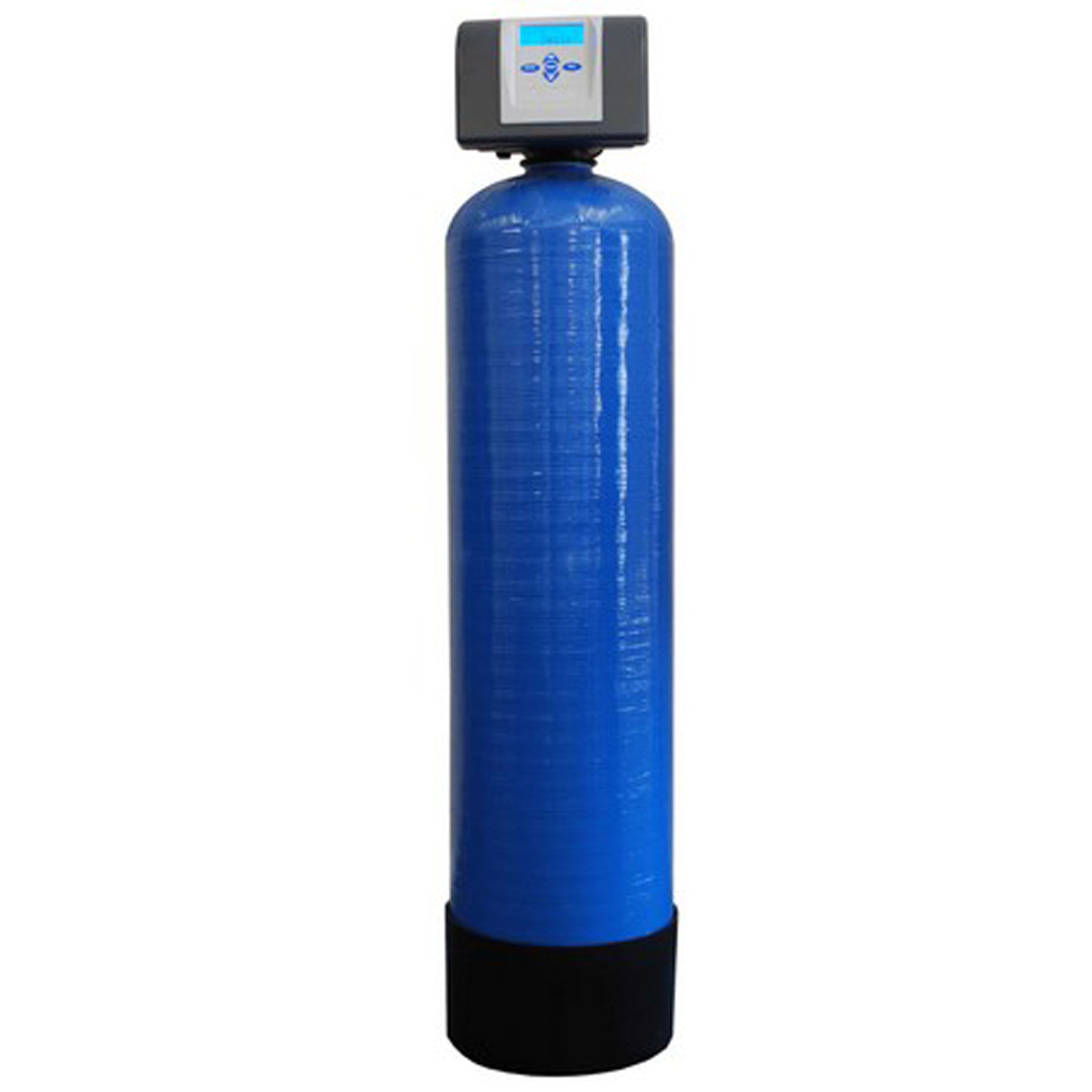
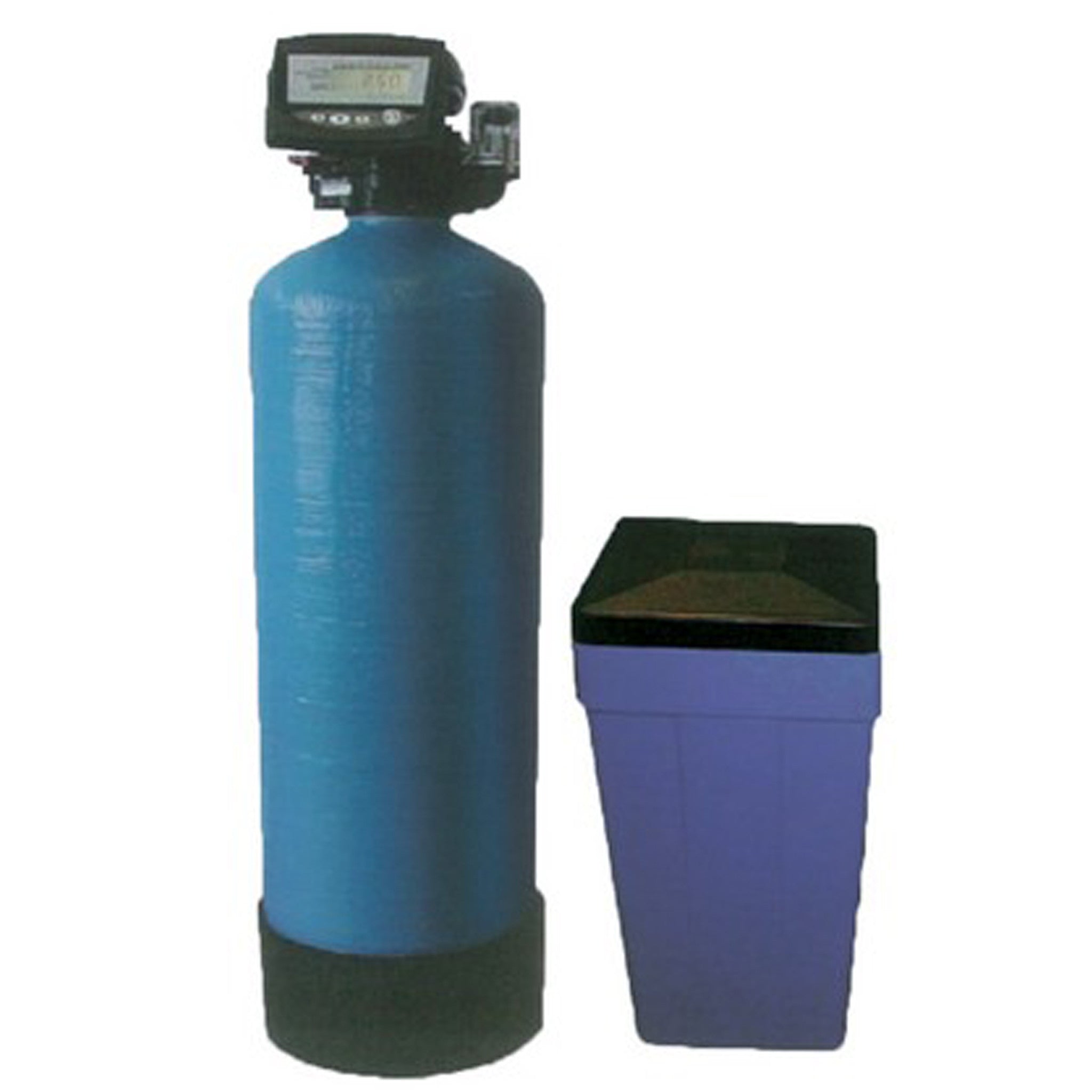

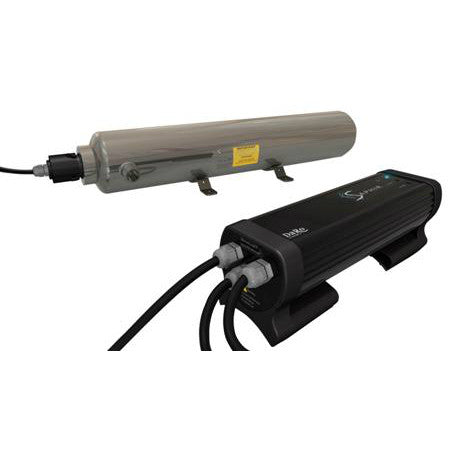
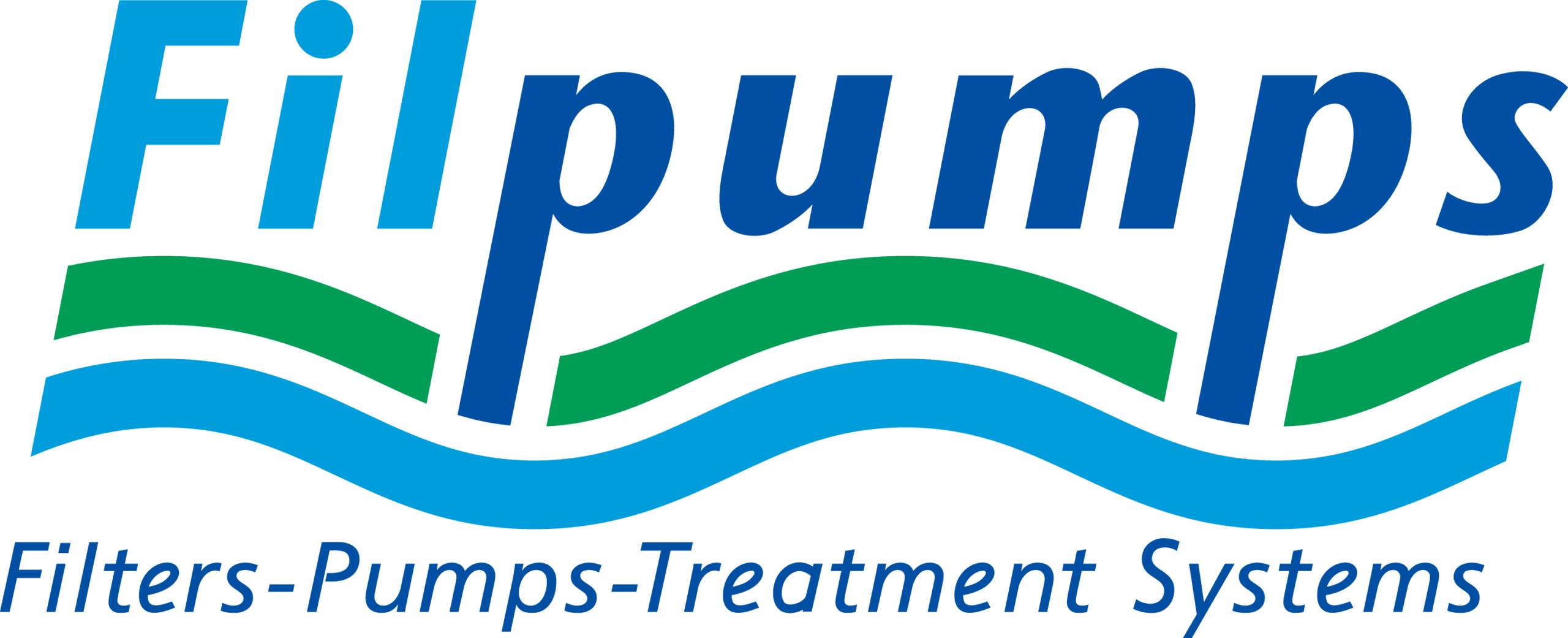
-e1752673425429.png)